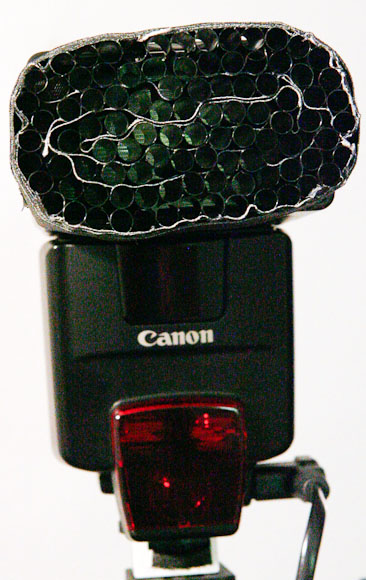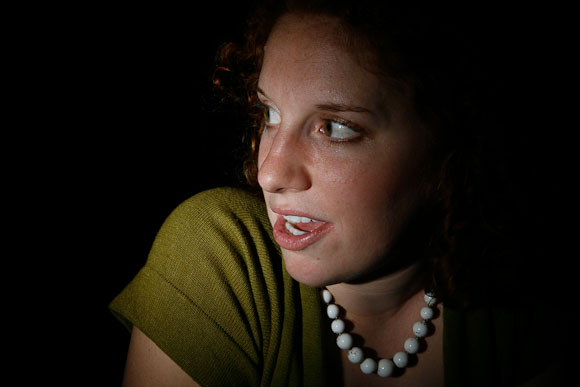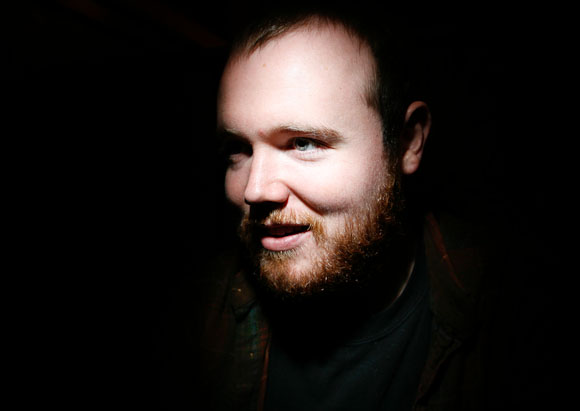
I’m at the point in a lighting class at MU, Advanced Techniques in Photojournalism, where it is time to leave the studio and venture forth into the world with one (or two, if Canon ever repairs my other 550EX), small speedlight. I have become enamored with hard light sources in the studio; softboxes have their place, but I thought that grids, snoots, and barndoors were my favorite to work with. I remembered reading at Strobist a couple of years ago about making a grid out of black straws (easily sourced from your local Panera…).
Mine is not pretty: in fact, I’m already planning on making a second one with a more refined technique of stacking and gluing rather than lining up in a row and sandwiching with gaffer’s tape. For now I’m attaching it with gaff tape, but will make a little cardboard housing for it soon so that it can be slid into place on the head of the strobe.
But what its present incarnation lacks in aesthetics, it makes up for in performance. I will admit that I have not perfected the art of aiming the speedlight with this grid, but I love the effect. It makes for a very circular, “spotlight” effect, and the light fall-off is rapid and dramatic.

How dramatic? I took the flash with me to a get-together of friends at a bar last week and did some experiments with it. I only brought my TTL cord; next time I’ll just take the wireless transmitter, as its far less cumbersome. (Nothing scares your friends more than a zipline of TTL cord randomly roaming a table with the potential to knock over their beer.) More after the jump…
I’ve done some testing on a light stand to see how effective the grid really is, and how it shapes the light, and my result was this animation.

Without question, the grid gives the light a circular shape. It is also far more concentrated–all of the photos have the zoom head at 105mm, its maximum. At lesser zoom settings, the grid eats about 1 stop of light (if you are at 1/8 power, it would be wise to go up to 1/4 power). At 105mm, the grid seems to consume only about half a stop (or even less).
I also compared the result to cardboard snoots (rectangular ones made to fold flat) and the shape produced by the grid remains far more pleasing, and the effect much more dramatic. I have seen people using cardboard tubes for snoots before, but I cannot compare the two. Either way, the grid is much smaller and lighter to carry around. It does, however, need to be placed fairly close to the subject for the maximum benefit. From two to five feet from the subject, the light is great. Beyond that, its effect is much more muted.
I’ll finish this post with one other portrait that has a feel I don’t think I could produce any other way with a tiny speedlight.


Gotta thank you for posting this!!!! I made one and I am completely in love with it. Thanks again!!! Here’s two that I took with it:
http://mrseavey.tumblr.com/post/22934476768/one-more-no-photoshop-i-am-loving-this-thing
http://mrseavey.tumblr.com/post/22933896089/having-so-much-fun-with-the-diy-grid-that-i-made
I linked your blog on the second post.
[…] Charles and Michelle would pose on the bridge, and I used my Canon 550EX with the Panera straw-grid, dialed at 1/2 power, to “freeze” our ghosts in the […]